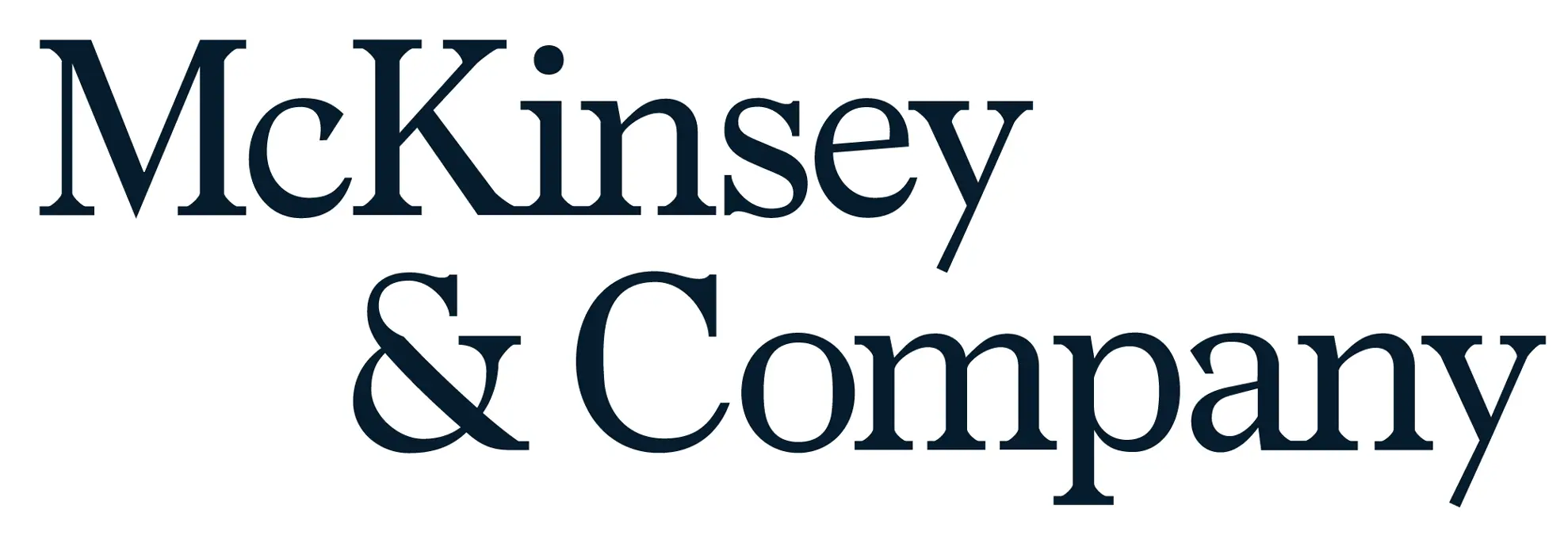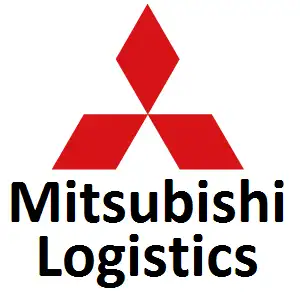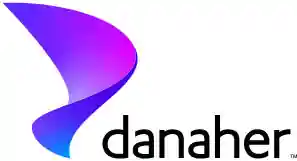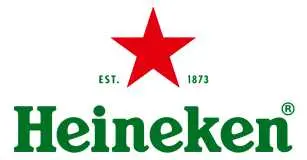
Aerospace Avionics Market Growth, Size, Trends .Analysis,Strategies and Segment Forecast to 2034
Global Aerospace Avionics Market Growth, Size, Trends Analysis - By System, By Platform, By Fit, By Point of Sale - Regional Outlook, Competitive Strategies and Segment Forecast to 2034
| Published: Jul-2025 | Report ID: IACT25123 | Pages: 1 - 244 | Formats*: |
| Category : Information & Communications Technology | |||
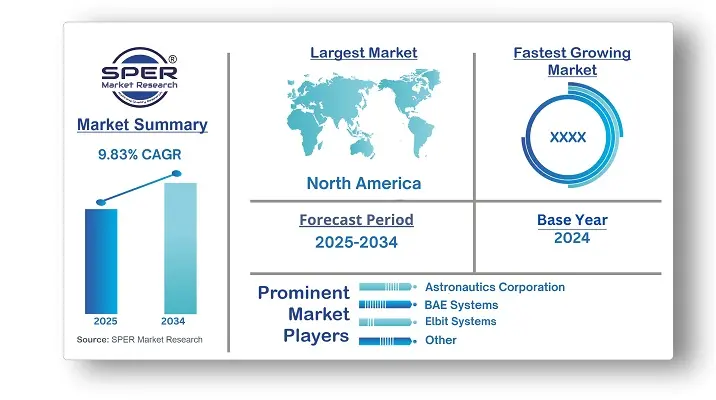
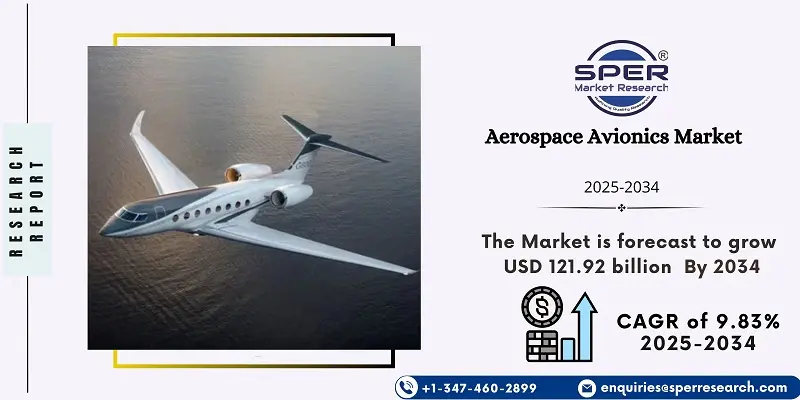
| Report Metric | Details |
| Market size available for years | 2021-2034 |
| Base year considered | 2024 |
| Forecast period | 2025-2034 |
| Segments covered | By System, Platform, Fit, Point of Sale |
| Regions covered | North America, Latin America, Asia-Pacific, Europe, and Middle East & Africa |
| Companies Covered | Astronautics Corporation, BAE Systems, Curtiss-Wright, Elbit Systems, Garmin, General Electric, Honeywell, L3Harris, Leonardo, Meggitt. |
- Global Aerospace Avionics Market Size (FY’2021-FY’2034)
- Overview of Global Aerospace Avionics Market
- Segmentation of Global Aerospace Avionics Market By System (Communications, Power & data management, Weather detection, Flight management, Electronic flight display, Payload & mission management, Traffic & collision management)
- Segmentation of Global Aerospace Avionics Market By Platform (Military aviation, Commercial aviation)
- Segmentation of Global Aerospace Avionics Market By Fit (Line-fit, Retro-fit)
- Segmentation of Global Aerospace Avionics Market By Point of Sale (Original equipment manufacturer, Aftermarket)
- Statistical Snap of Global Aerospace Avionics Market
- Expansion Analysis of Global Aerospace Avionics Market
- Problems and Obstacles in Global Aerospace Avionics Market
- Competitive Landscape in the Global Aerospace Avionics Market
- Details on Current Investment in Global Aerospace Avionics Market
- Competitive Analysis of Global Aerospace Avionics Market
- Prominent Players in the Global Aerospace Avionics Market
- SWOT Analysis of Global Aerospace Avionics Market
- Global Aerospace Avionics Market Future Outlook and Projections (FY’2025-FY’2034)
- Recommendations from Analyst
1.1.Scope of the report1.2.Market segment analysis
2.1.Research data source2.1.1.Secondary Data2.1.2.Primary Data2.1.3.SPERs internal database
2.1.4.Premium insight from KOLs
2.2.Market size estimation2.2.1.Top-down and Bottom-up approach2.3.Data triangulation
4.1.Driver, Restraint, Opportunity and Challenges analysis
4.1.1.Drivers4.1.2.Restraints4.1.3.Opportunities4.1.4.Challenges
5.1.SWOT Analysis5.1.1.Strengths5.1.2.Weaknesses5.1.3.Opportunities5.1.4.Threats5.2.PESTEL Analysis5.2.1.Political Landscape5.2.2.Economic Landscape5.2.3.Social Landscape5.2.4.Technological Landscape5.2.5.Environmental Landscape5.2.6.Legal Landscape5.3.PORTERs Five Forces5.3.1.Bargaining power of suppliers5.3.2.Bargaining power of buyers5.3.3.Threat of Substitute5.3.4.Threat of new entrant5.3.5.Competitive rivalry5.4.Heat Map Analysis
6.1.Global Aerospace Avionics Market Manufacturing Base Distribution, Sales Area, Product Type6.2.Mergers & Acquisitions, Partnerships, Product Launch, and Collaboration in Global Aerospace Avionics Market
7.1.Communications7.1.1.Transponders7.1.2.Transceivers7.1.3.Antennas7.1.4.Transmitters7.1.5.Receivers7.1.6.Others7.2.Power & data management7.2.1.Power conversion devices7.2.2.Cockpit voice recorders7.2.3.Flight data recorders7.2.4.Data transfer systems7.3.Weather detection7.3.1.Weather radar7.3.2.Lighting detection sensors7.4.Flight management7.4.1.Flight management computers7.4.2.Autopilot computers7.4.3.I/o and interface controllers7.4.4.Analog attitude indicators7.4.5.Analog vertical speed indicators7.5.Electronic flight display7.5.1.Primary flight display7.5.2.Multi-function flight display7.5.3.Navigation display7.5.4.Others7.6.Payload & mission management7.6.1.Payload management computers7.6.2.Mission computers7.6.3.Electro-optics7.6.4.Sonar7.6.5.Radar7.7.Traffic & collision management7.7.1.Aircraft communications addressing & reporting systems7.7.2.Collision avoidance systems
8.1.Military aviation8.1.1.Combat aircraft8.1.2.Military drones8.1.3.Training aircraft8.1.4.Transport aircraft8.1.5.Military helicopters8.1.6.Unmanned aerial vehicle (UAV)8.2.Commercial aviation8.2.1.Narrow-body aircraft8.2.2.Wide-body aircraft8.2.3.Regional jets8.2.4.Turboprop8.2.5.Unmanned aerial mobility (UAM)
9.1.Line-fit9.2.Retro-fit
10.1.Original equipment manufacturer (OEM)10.2.Aftermarket
11.1.Global Aerospace Avionics Market Size and Market Share
12.1.Asia-Pacific12.1.1.Australia12.1.2.China12.1.3.India12.1.4.Japan12.1.5.South Korea12.1.6.Rest of Asia-Pacific12.2.Europe12.2.1.France12.2.2.Germany12.2.3.Italy12.2.4.Spain12.2.5.United Kingdom12.2.6.Rest of Europe12.3.Middle East and Africa12.3.1.Kingdom of Saudi Arabia12.3.2.United Arab Emirates12.3.3.Qatar12.3.4.South Africa12.3.5.Egypt12.3.6.Morocco12.3.7.Nigeria12.3.8.Rest of Middle-East and Africa12.4.North America12.4.1.Canada12.4.2.Mexico12.4.3.United States12.5.Latin America12.5.1.Argentina12.5.2.Brazil12.5.3.Rest of Latin America
13.1.Astronautics Corporation13.1.1.Company details13.1.2.Financial outlook13.1.3.Product summary13.1.4.Recent developments13.2.BAE Systems13.2.1.Company details13.2.2.Financial outlook13.2.3.Product summary13.2.4.Recent developments13.3.Curtiss-Wright13.3.1.Company details13.3.2.Financial outlook13.3.3.Product summary13.3.4.Recent developments13.4.Elbit Systems13.4.1.Company details13.4.2.Financial outlook13.4.3.Product summary13.4.4.Recent developments13.5.Garmin13.5.1.Company details13.5.2.Financial outlook13.5.3.Product summary13.5.4.Recent developments13.6.General Electric13.6.1.Company details13.6.2.Financial outlook13.6.3.Product summary13.6.4.Recent developments13.7.Honeywell13.7.1.Company details13.7.2.Financial outlook13.7.3.Product summary13.7.4.Recent developments13.8.L3Harris13.8.1.Company details13.8.2.Financial outlook13.8.3.Product summary13.8.4.Recent developments13.9.Leonardo13.9.1.Company details13.9.2.Financial outlook13.9.3.Product summary13.9.4.Recent developments13.10.Meggitt13.10.1.Company details13.10.2.Financial outlook13.10.3.Product summary13.10.4.Recent developments13.11.Others
SPER Market Research’s methodology uses great emphasis on primary research to ensure that the market intelligence insights are up to date, reliable and accurate. Primary interviews are done with players involved in each phase of a supply chain to analyze the market forecasting. The secondary research method is used to help you fully understand how the future markets and the spending patterns look likes.
The report is based on in-depth qualitative and quantitative analysis of the Product Market. The quantitative analysis involves the application of various projection and sampling techniques. The qualitative analysis involves primary interviews, surveys, and vendor briefings. The data gathered as a result of these processes are validated through experts opinion. Our research methodology entails an ideal mixture of primary and secondary initiatives.
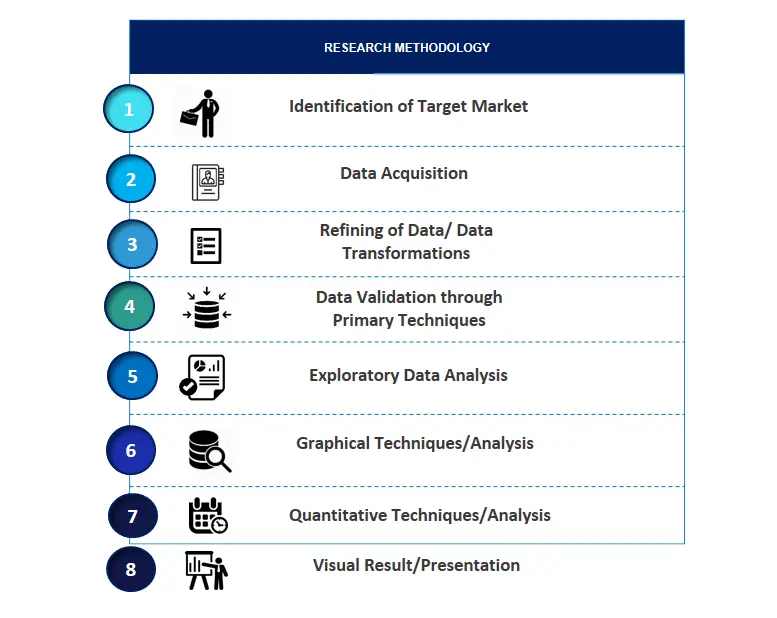
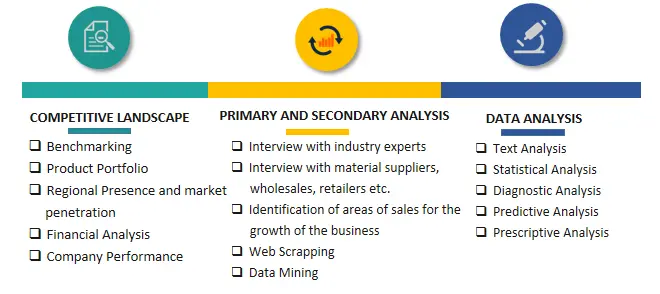

Frequently Asked Questions About This Report
PLACE AN ORDER
Year End Discount
Sample Report
Pre-Purchase Inquiry
NEED CUSTOMIZATION?
Request CustomizationCALL OR EMAIL US
100% Secure Payment

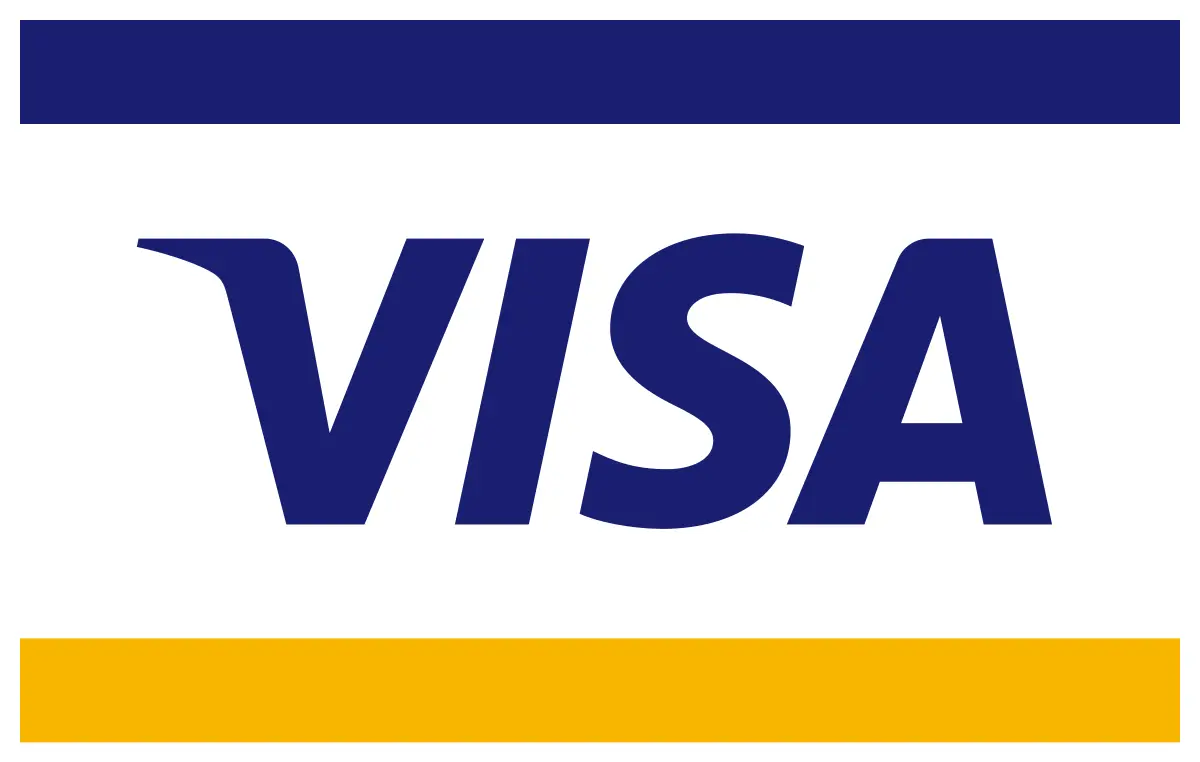




Related Reports
Our Global Clients
Our data-driven insights have influenced the strategy of 200+ reputed companies across the globe.






